Cultural Context in Architecture: How Architecture Firms Translate Local Identity into Global Projects
As architecture becomes increasingly globalized, the challenge for designers is not only to build efficiently but also to build authentically. Cultural context has re-emerged as a defining principle of contemporary practice — a way for architecture to connect deeply with place, people, and identity. Leading firms around the world are reinterpreting local heritage into modern forms that speak to global audiences while preserving regional meaning.
The Return of Context
For decades, global architecture was dominated by universal modernism — glass, steel, and international style replicated from New York to Nairobi. But as cities began to lose cultural distinctiveness, architects started to rediscover the value of context. According to ArchDaily, contemporary practice now “strives to merge tradition with innovation, using local materials, craft, and narratives to anchor design in identity.”
Translating Local Identity
Architects working globally must become translators — interpreting cultural values and physical contexts into contemporary architecture. This translation happens at several levels: materials, form, spatial sequence, and symbolism. The Aga Khan Trust for Culture calls this “architectural continuity,” where innovation grows from inherited forms and craft rather than imitating them. Architizer emphasizes that cultural resonance is achieved “not by copying vernacular elements but by evolving them into modern expressions that communicate universally.”
Kengo Kuma & Associates
Japanese architect Kengo Kuma’s work embodies how cultural sensitivity can reach a global audience. Projects such as the Japan National Stadium and the V&A Dundee translate Japan’s traditions of lightness, layering, and nature integration into contemporary architecture. The goal is to recover the tradition of buildings that adapt naturally to climate and culture.
Francis Kéré Architecture
Francis Kéré designs globally but remains rooted in the culture of his homeland. From the Gando Primary School in Burkina Faso to the Serpentine Pavilion in London, his work centers on local participation, climate wisdom, and material reuse. “Architecture is not only about the building; it’s about empowering people.”
Adjaye Associates
Sir David Adjaye’s practice shows how architecture can tell stories of identity across continents. From the Smithsonian National Museum of African American History and Culture to civic projects in Ghana, the work merges cultural symbolism with contemporary expression — using pattern, material, and form to give voice to communities.
Lessons for Global Practice
- Research Deeply: Understand social rituals, materials, and climate before drawing.
- Collaborate Locally: Work with craftspeople, engineers, and communities who embody local knowledge.
- Avoid Replication: Interpret vernacular patterns creatively instead of copying them.
- Think Multi-Scale: Express identity in detail, spatial proportion, and city strategy alike.
- Engage Climate & Culture Together: Local materials often lead to low-carbon architecture.
Conclusion
Cultural context has re-emerged as the conscience of global architecture. From Kengo Kuma’s tactile minimalism to Francis Kéré’s community architecture and Adjaye’s narrative symbolism, the message is clear: authenticity is the new modernism. In 2026 and beyond, the most relevant architecture will not look the same everywhere — it will sound different, feel different, and speak in many local dialects of form and space. The role of architects is not to erase these differences but to translate them beautifully into the shared language of design.
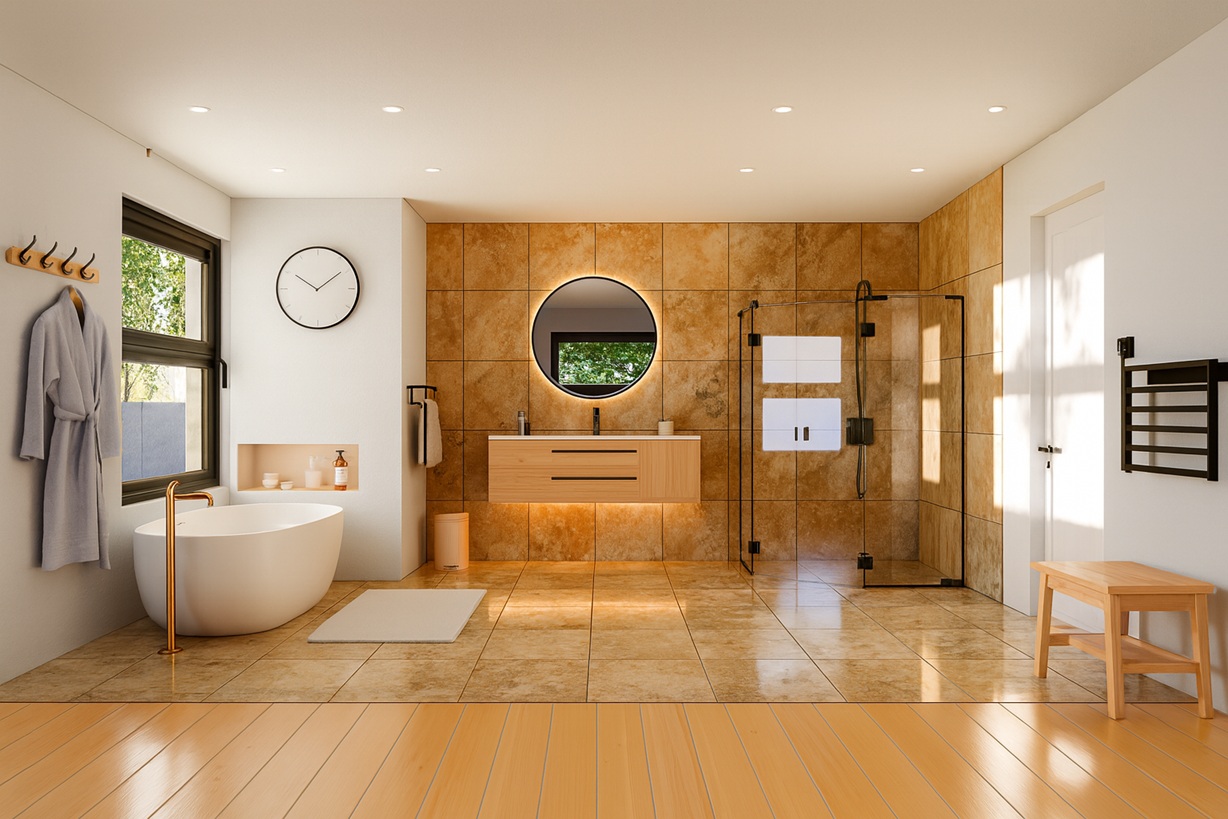
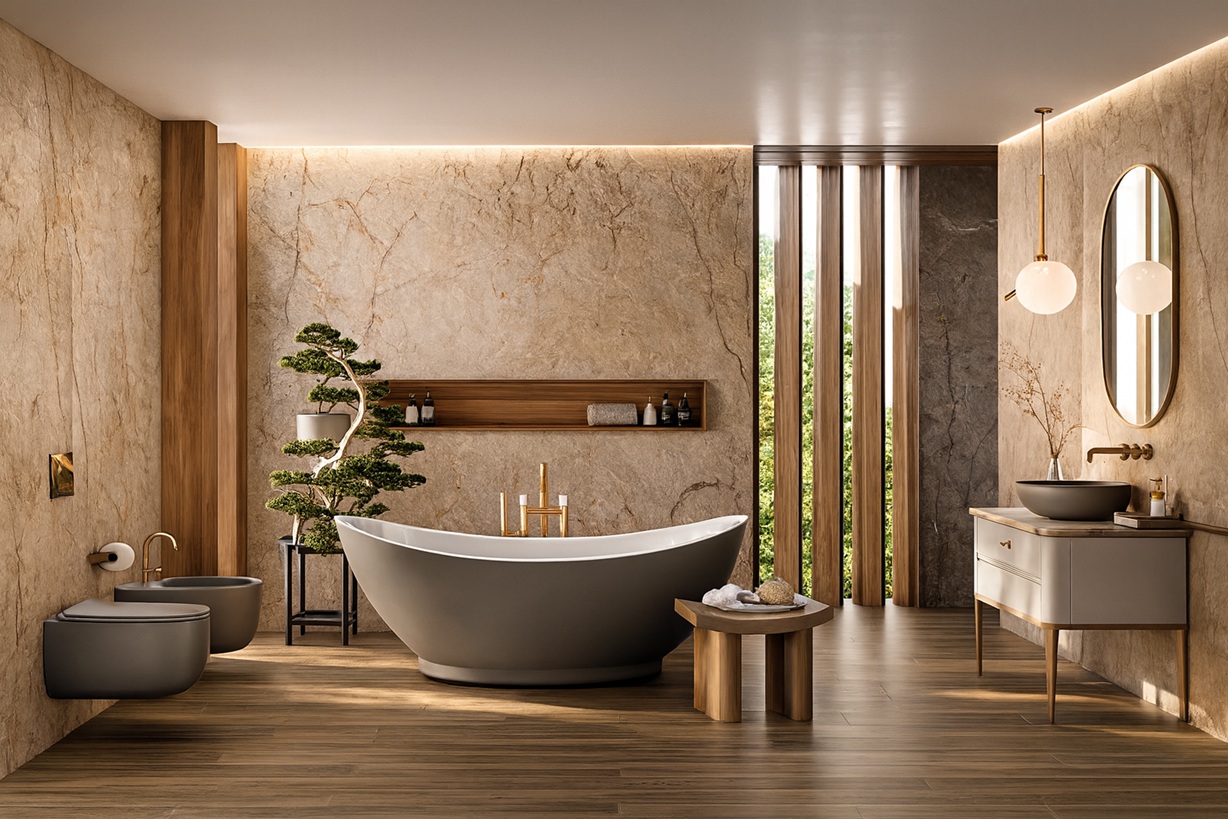
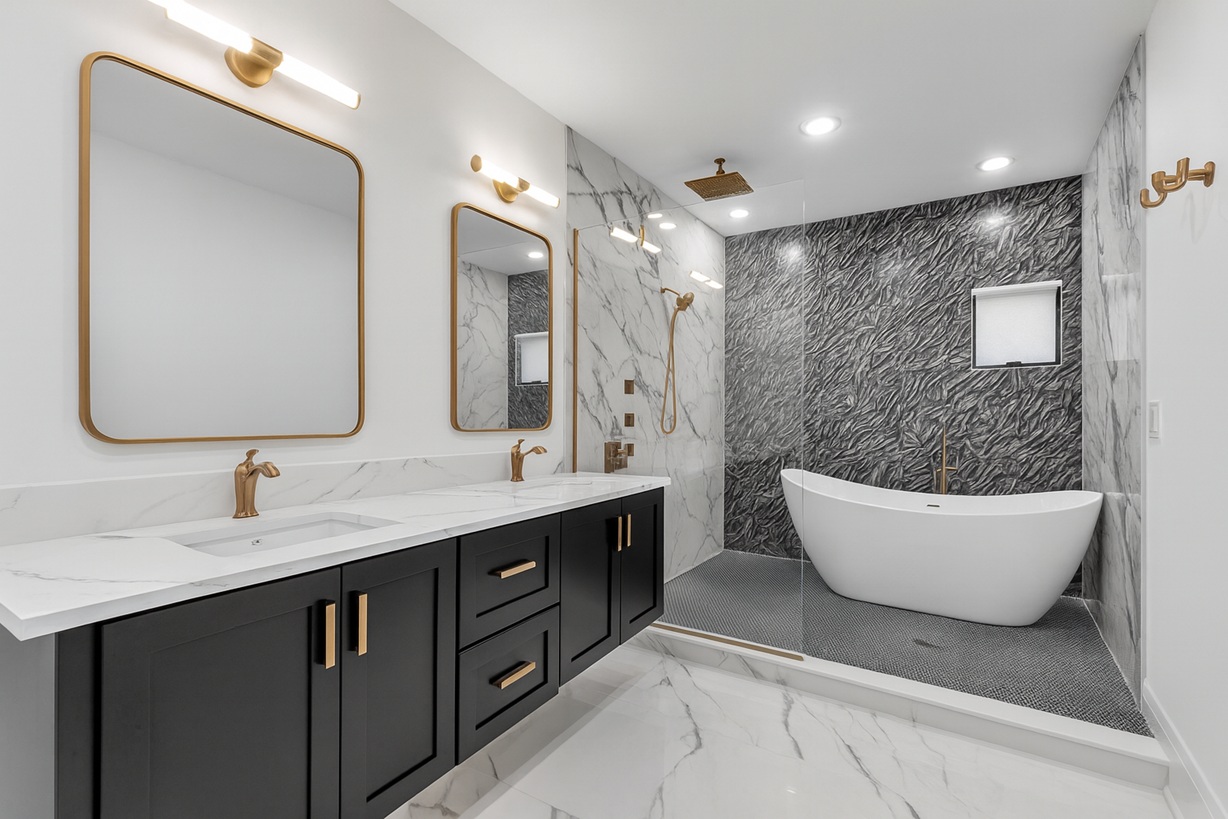
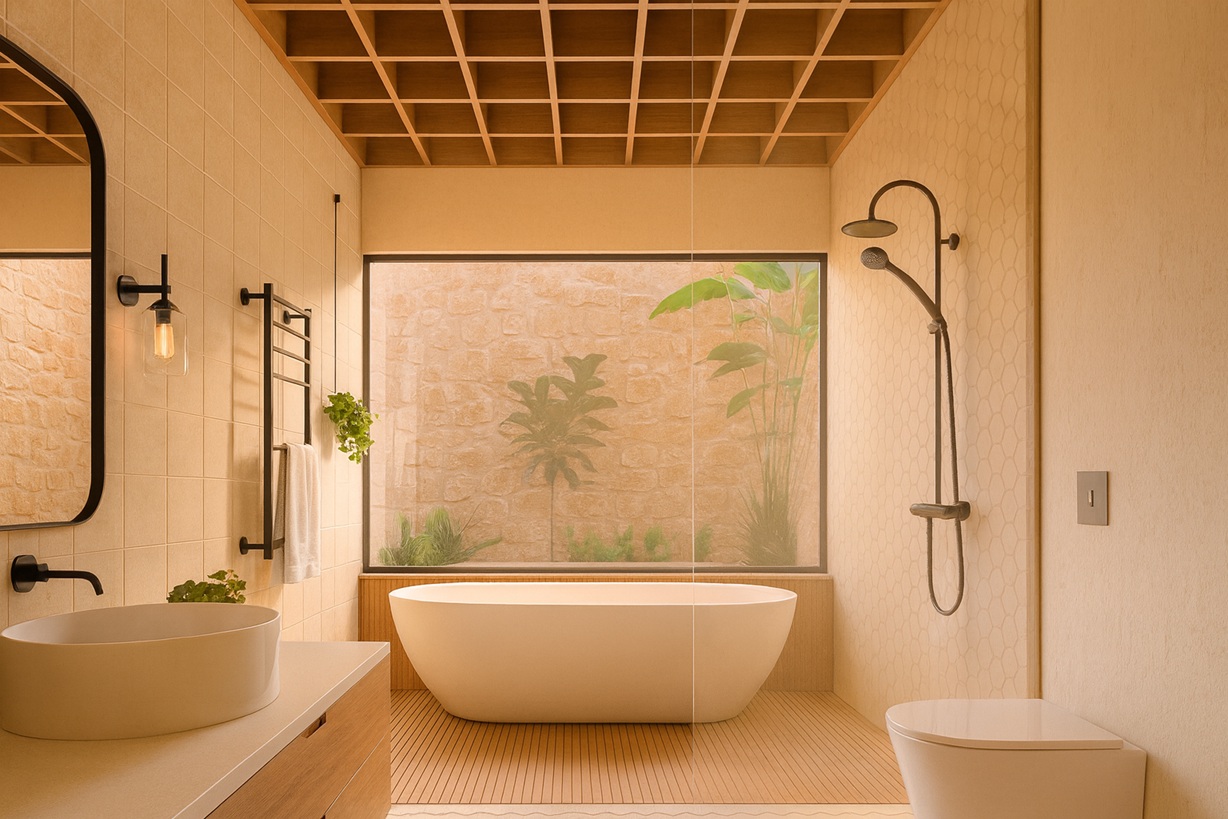
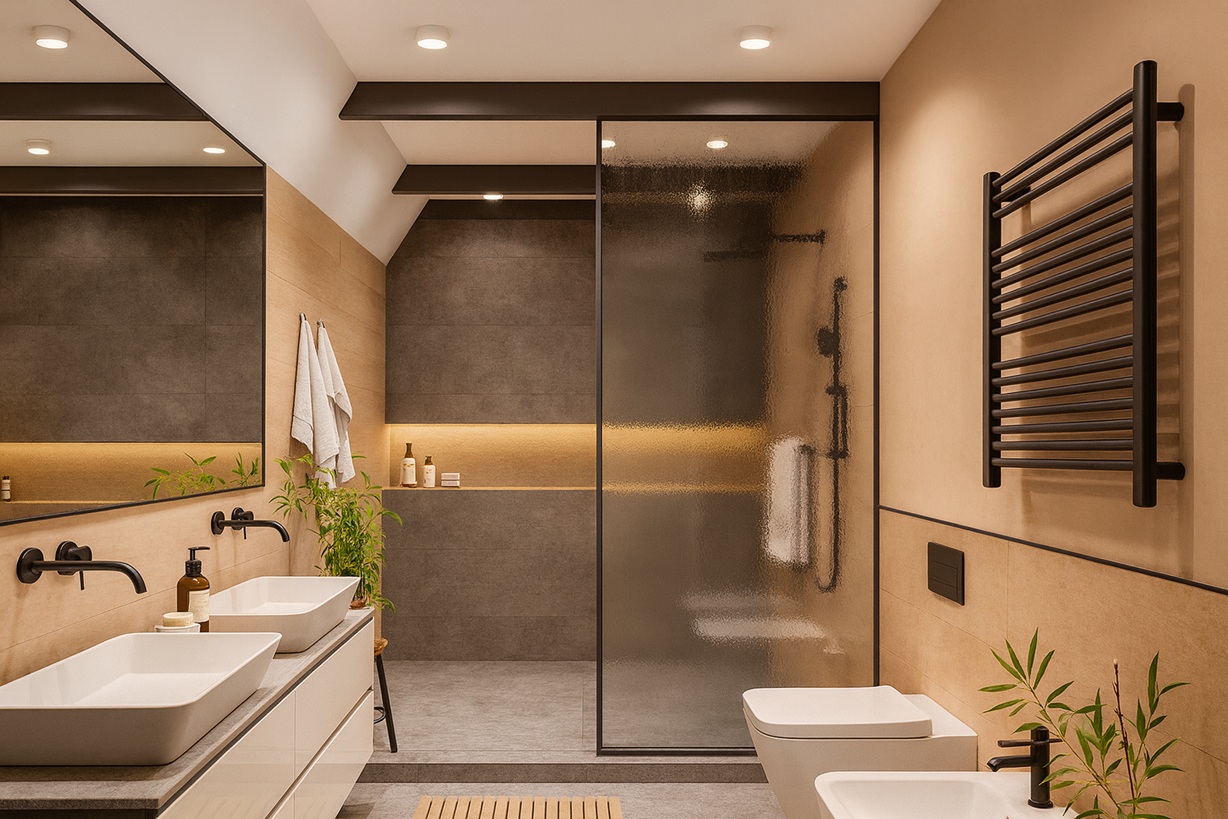


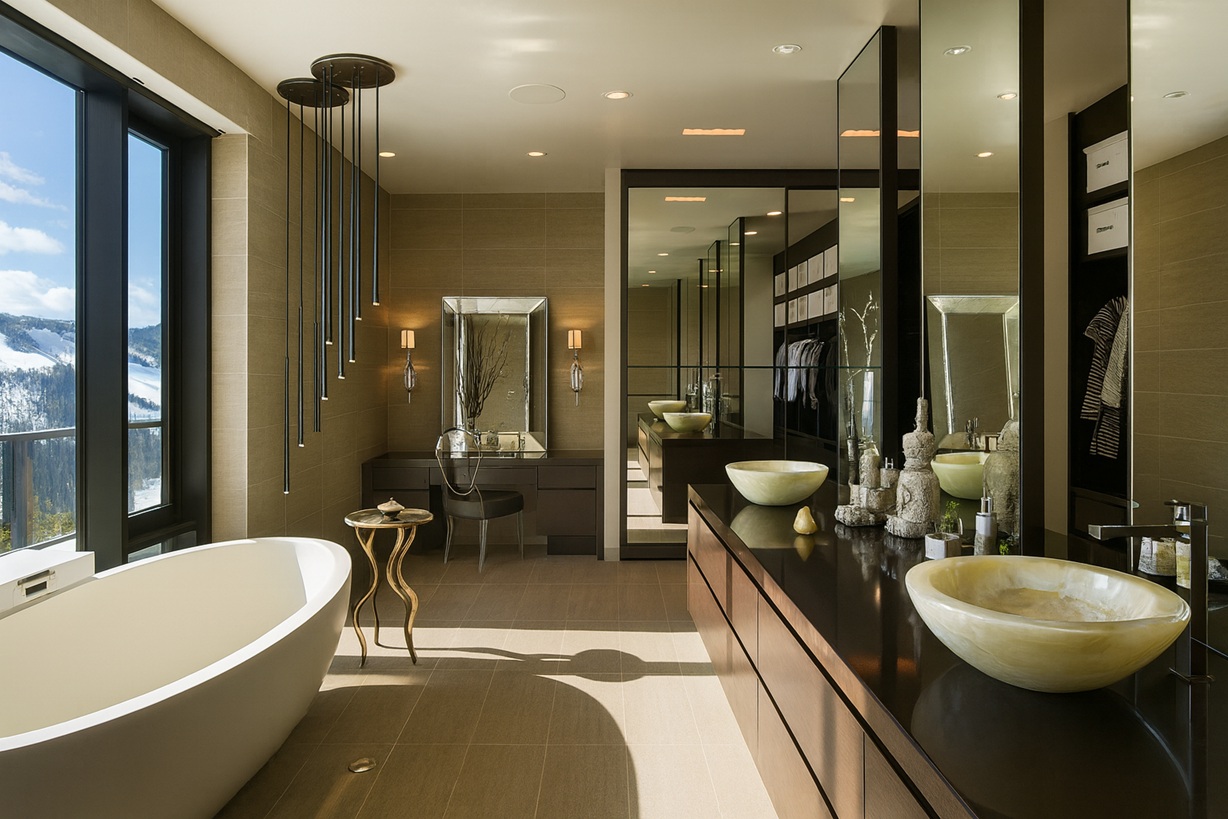

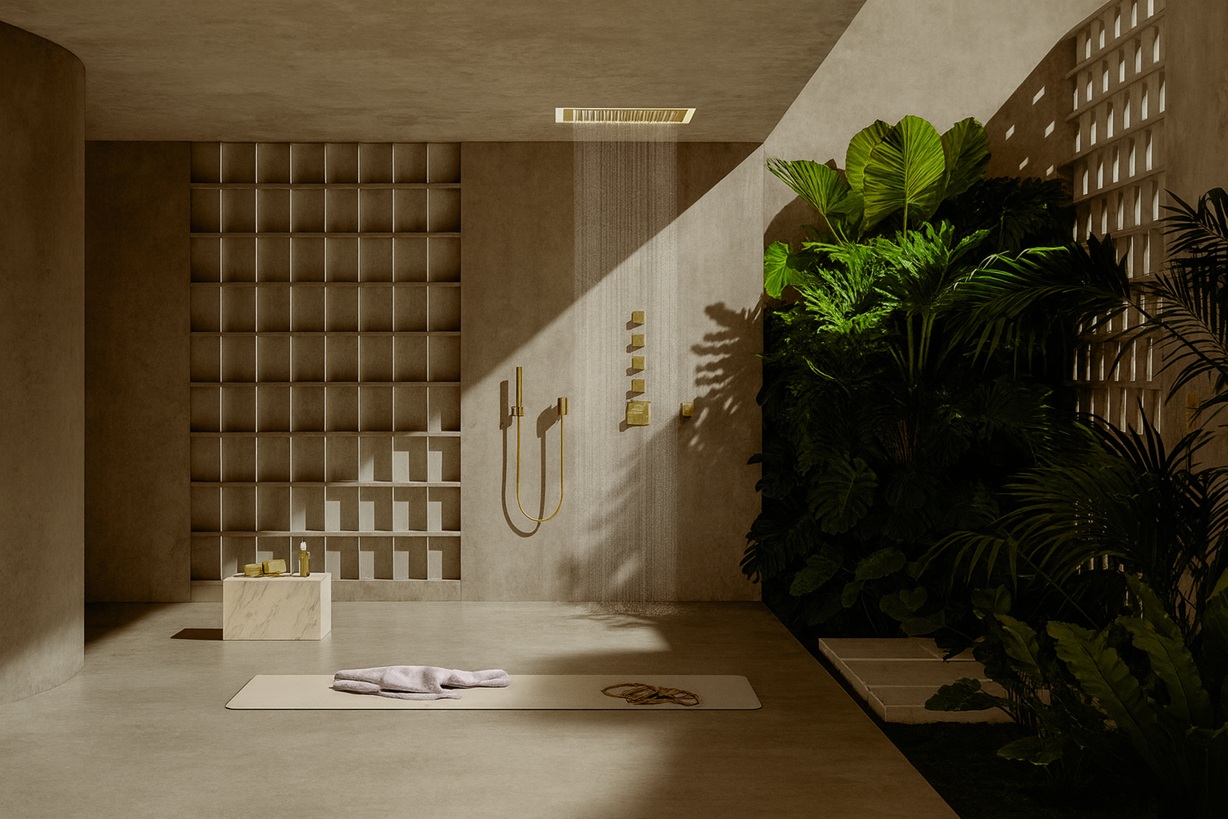
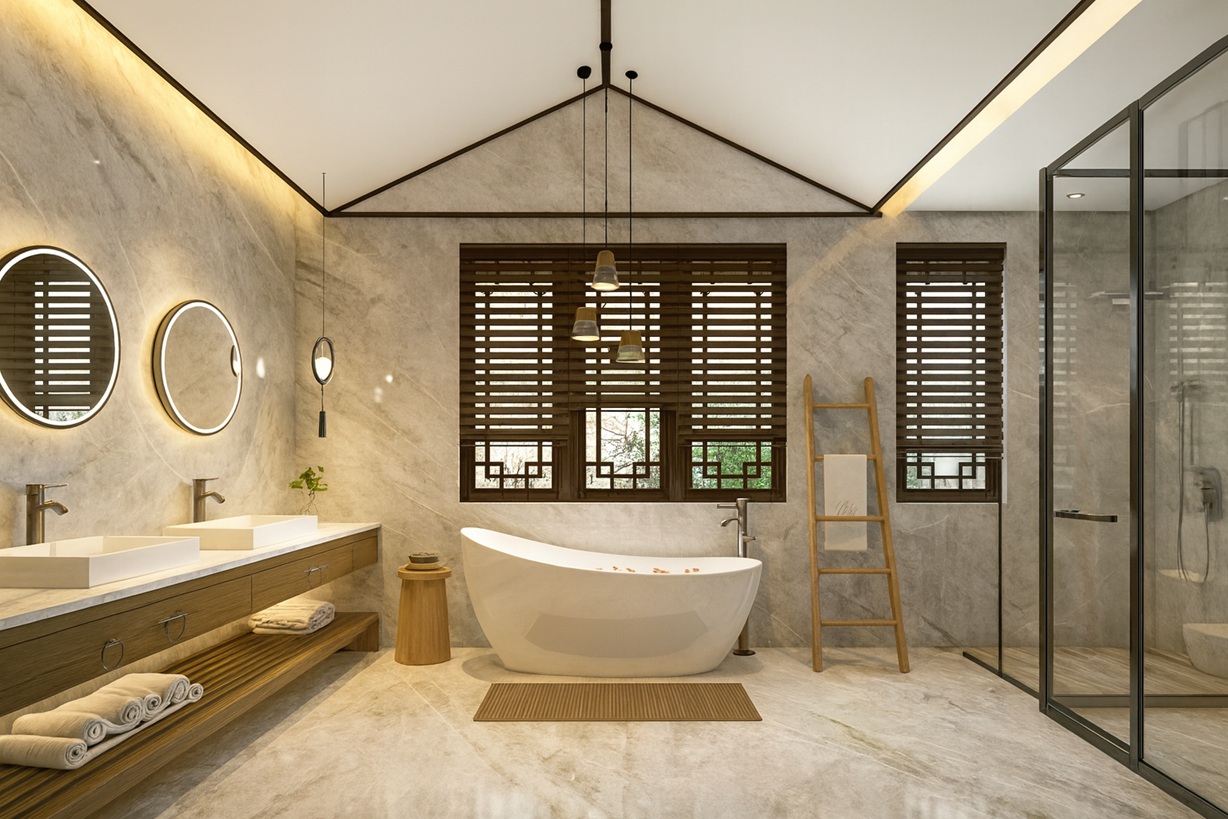
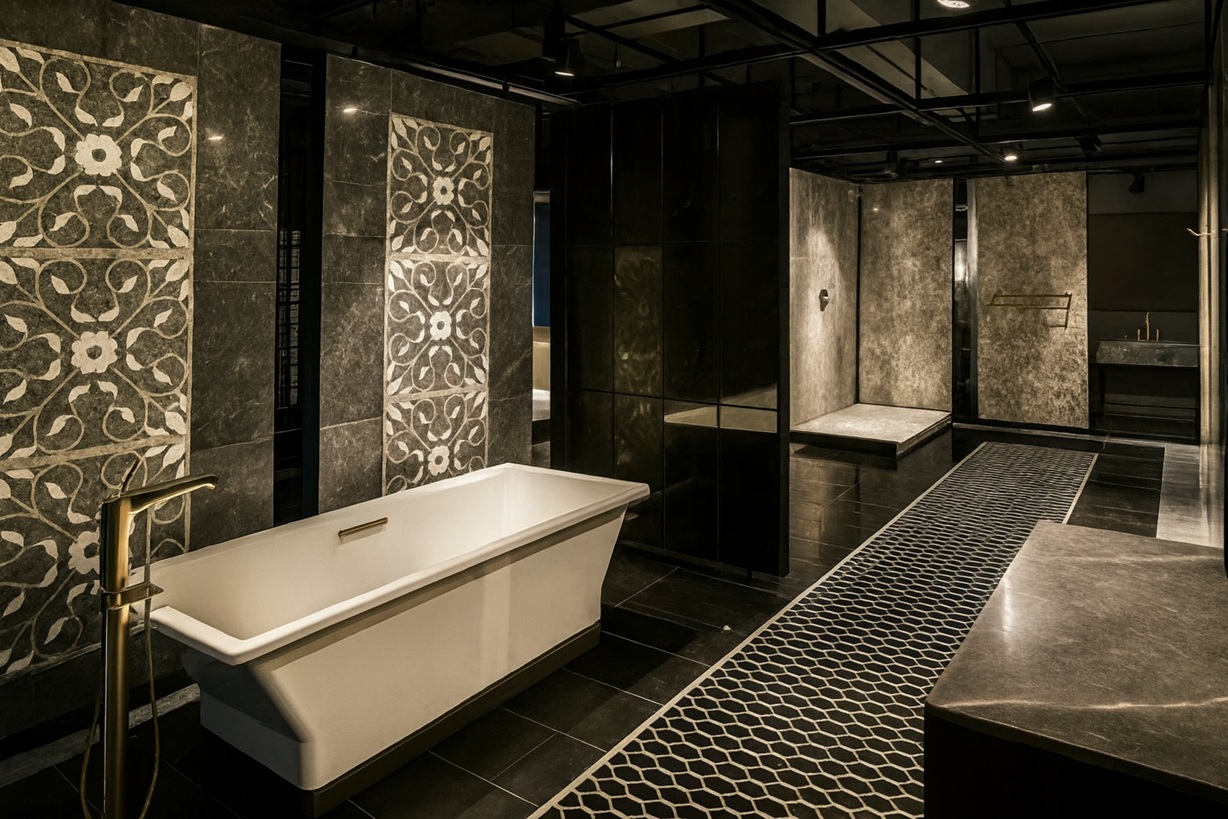


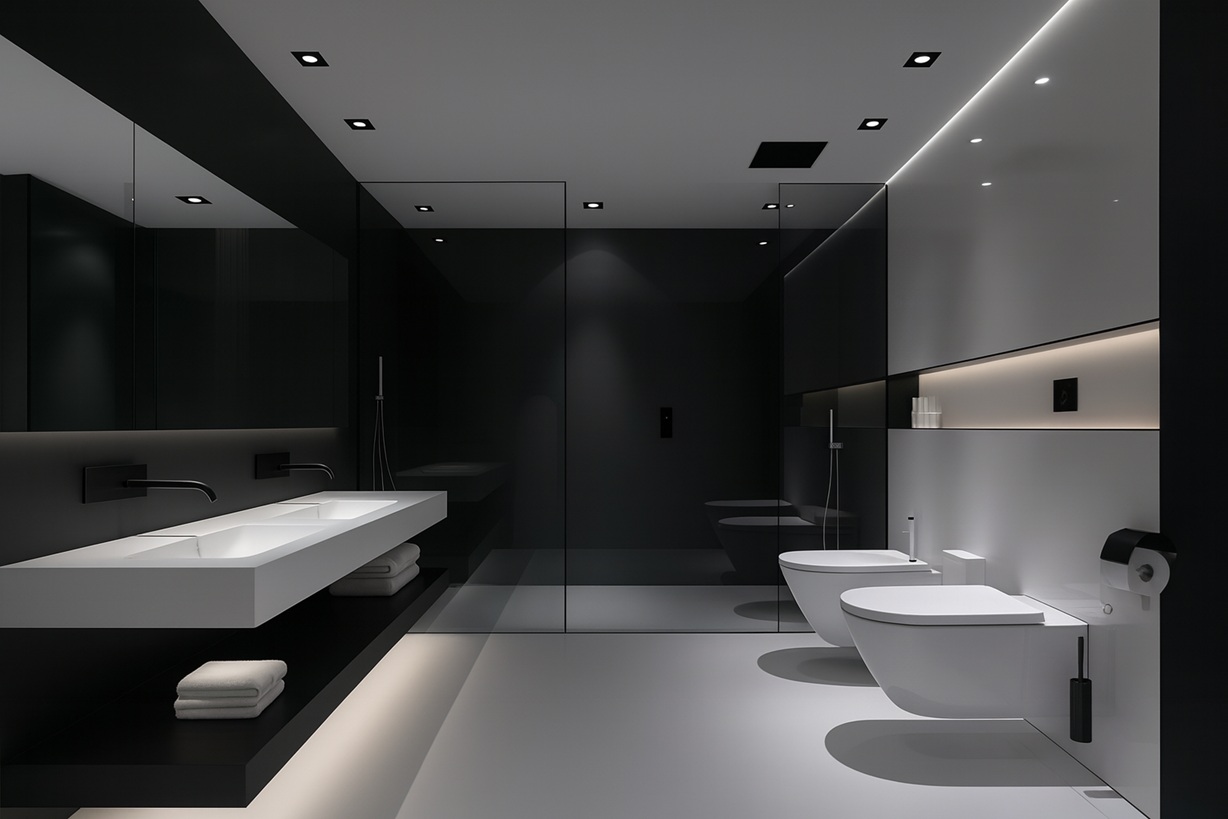
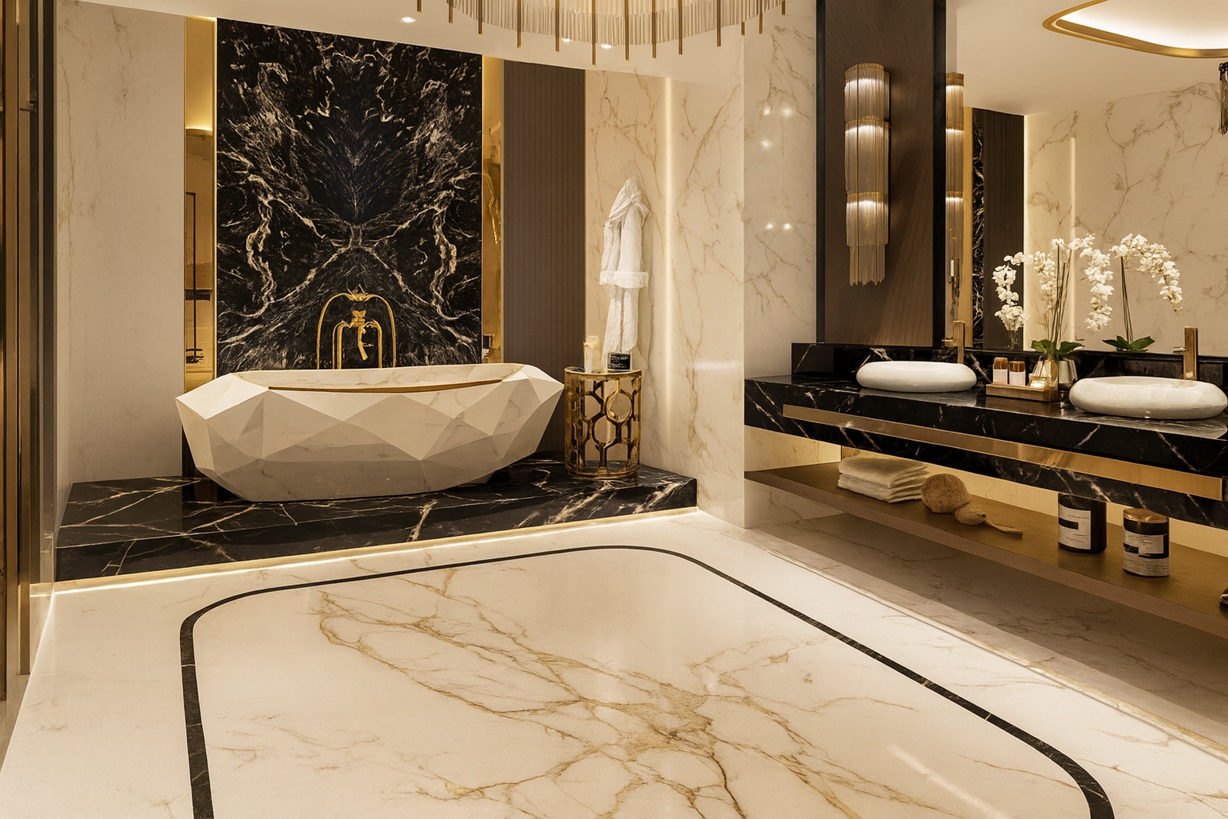
No responses yet